Italy is well known for its monuments and architecture: a huge chunk of those visiting the country each year do so to enjoy the unique and amazing cohabitation of styles that is typical of our cities and towns: Medieval, Romanic, Gothic, Baroque, just to mention some, grace the streets and alleys of the whole country.
When talking about Italian homes, the same principle of style mixing applies. Beside the obvious legal and health and safety regulations, very little rules are applied when it comes to building your own place, unless it is an old building in need to be restored, in which case there are specific artistic and architectural canons to be respected. For all other cases we Italians, when it comes to building our own place, enjoy freedom.
But what are our favorite architectural styles and in which kind of homes do we Italians live the most?
Historic and traditional houses in Italy
The corte
Villages or out of town’s locations are the kingdom of corti, courtyards, beautiful squares enclosed within thick walled houses, usually developing vertically. Most of them need to be renovated, but they are pictoresque. Life in these courtyards follows the rhythm and style of yore and everyone residing in a corte knows and likes each other, just like in a family.
Trulli
The trulli we see today in Alberobello date back to the 19th century, but there were even older trulli that time and nature slowly destroyed almost completely. They have been declared part of the UNESCO World Heritage and, as strange as it may seem, trulli are still used as homes by many. This traditional dry stone dwellings are typical of specific areas of Apulia, their white walls and their conic, dark roofs well recognized by Italians and not Italians all over the world. Trulli were farmers’ residences, small, humble, yet entirely functional. Today, they are often rented during the summer or weekends.
Casali
Casali are synonym with agricultural and rural life and they are found everywhere in the Italian countryside. Usually, they overlook large plots of land called poderi, set around small urban agglomerates with a church and a square, many of which were either destroyed during the Second World War or abandoned shortly after. Casali are, as we said, common all over the territory, but those in Tuscany are probably those with which US tourists are more familiar, even though Piedmont, Umbria and the regions of the South are also filled by beautiful examples of this type of structures.
The beloved farm houses typical of the Tuscan countryside are usually big, because they used to host the owner and contadini – field hands– along with their big families.They are beautiful and provide a perfect location for all those in need to escape the hustle and bustle of modern life. However, living in a casale has become increasingly dangerous: because of their isolation, they are often subject to thieveries.
Baite
Of course, climate influences the way men build their homes and it is for this reason that the homes of the northern Alpine regions of Italy are usually insulated in such a way to guarantee warmth all year round, and kept even warmer by the high presence of wood in their structure. These typically Alpine dwellings, called baite, have also roofs that dramatically slant, so to avoid accumulation of snow during the Winter.
Wooden baite are typical, as we said, of Alpine regions such as Trentino Alto Adige and Valle d’Aosta. They are very much a symbol of Alpine lifestyle and towns. Their structure is associated to all places where snow is abundant and Winter chilly. Wooden parquet floors, stones and fireplaces are typical features of this type of dwellings. Baite are usually rented during the Winter holidays, but are also home to locals all year round.
The white houses of the South
On the opposite side of the boot, the South, most houses are white and have a terraced roof. This is, once again, a feature derived by the necessities imposed by the climate: white notoriously reflects light and heat away, keeping the inside of the house cooler, whereas flat roofs were useful surface to help collect rain water, often essential in areas where water lacks.
Modern buildings
So far, we have presented a series of traditional Italian buildings, but the country edile history has continued throughout the decades, just as anywhere else in the world. However, skyscrapers, grattacieli, are not as popular as in the US. They can be found in large, industrial cities such as Turin, Genoa and Naples, but Milan is the place where the most iconic are located: the economic capital of the country is home to, for instance, the Torre Unicredit (231 m tall), the highest skyscraper in Italy.
Modern Italian families, however, tend to live either in flats when in the city, or freestanding houses when in the suburbs, the latter called villette. In the last years, villette have become a luxury that only the whealthiest of Italians can actually afford: most people live in a flat or, if they are lucky, in a terraced house.
Condos, called in Italian condomini, are very common: in cities, as we said earlier, they have been created in old palazzi storici, which turned from single family residences to multi-flat buildings. In the suburbs, modern multi-flat tower blocks are often found.
Unlikely many countries in Europe, Italian dwellings are not characterized by a homogeneous style or architecture. Regardless to their size, Italian homes are always functional, well built and insulated, with all mods cons: we Italians, as per everything, never renounce to living our lives in comfort.
By Anna Defilippo
Edited by Francesca Bezzone

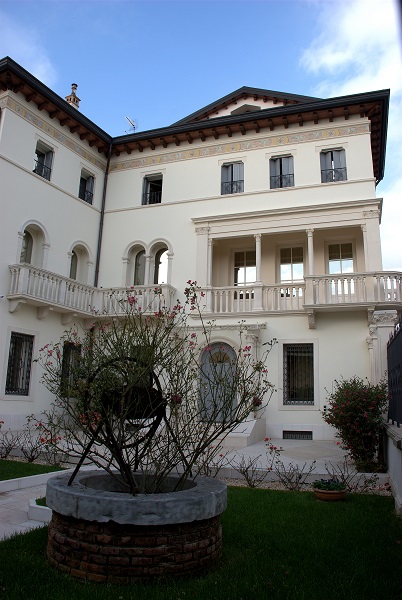

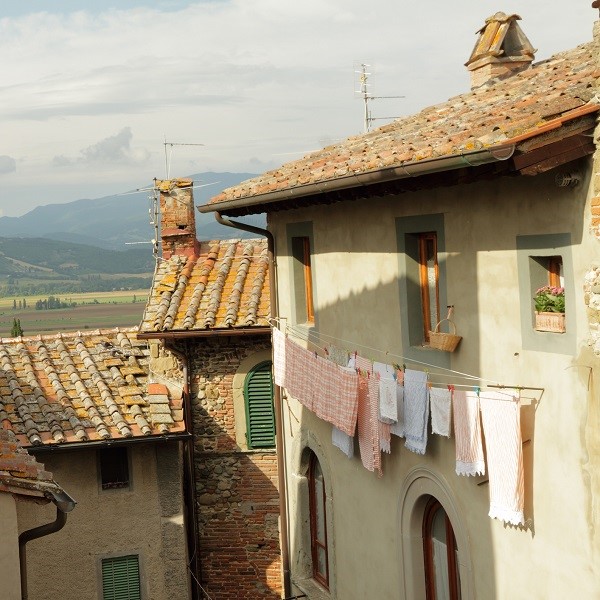
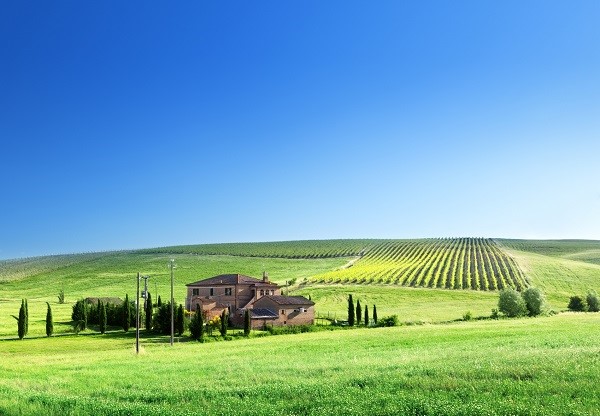
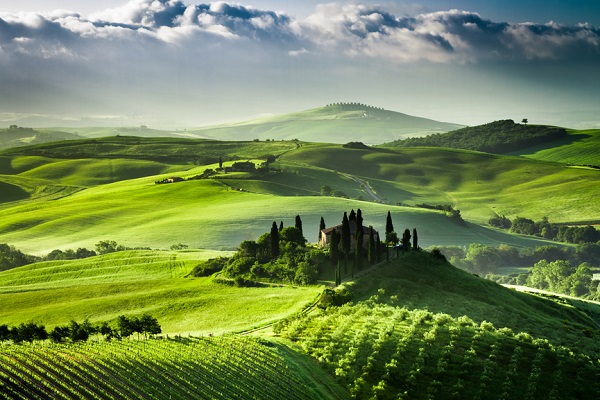
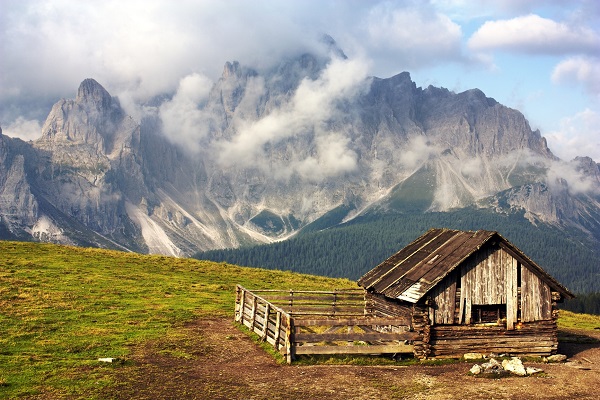
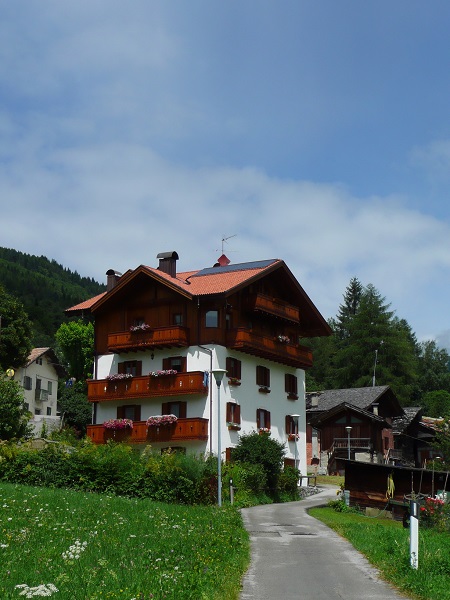
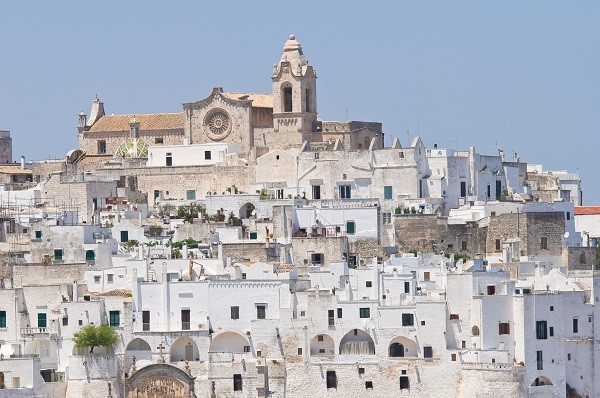
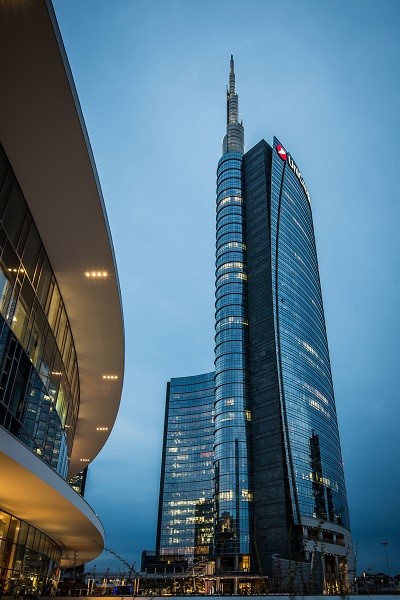
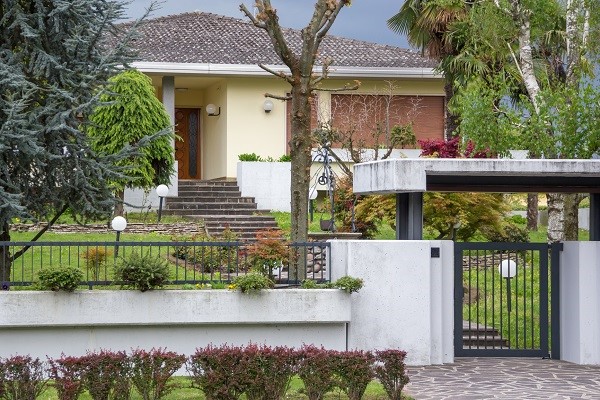











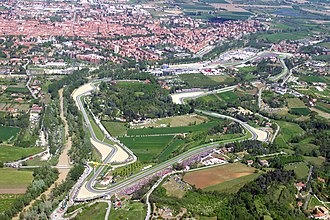


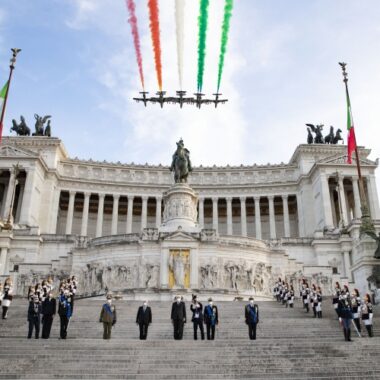

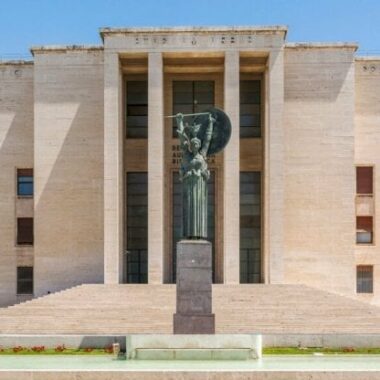
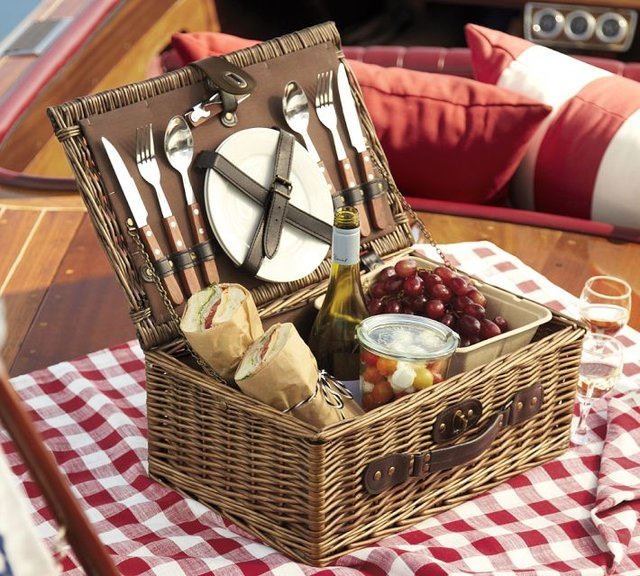


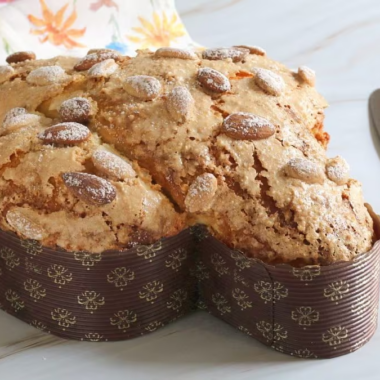

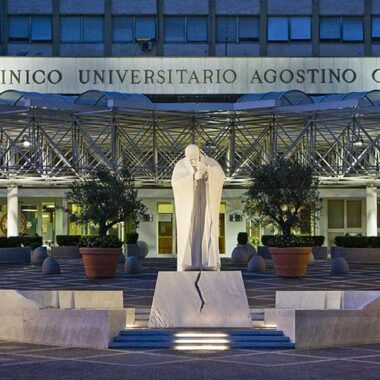




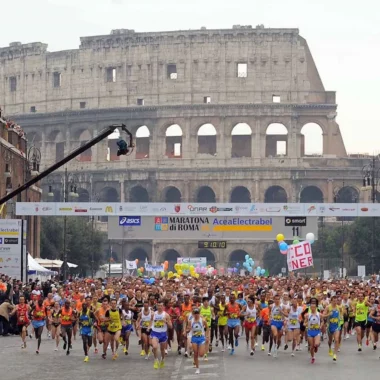





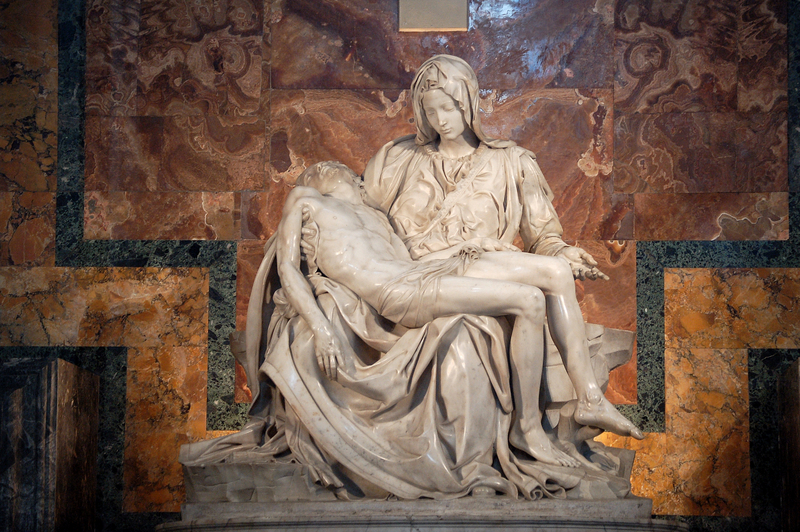
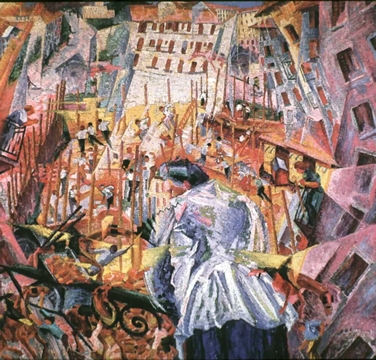

Can you tell me how a well-to-do landowner (in a rural setting in Emilia Romagna) may have heated his casa in the 1930s? I am researching pre-WWII. Thank you.